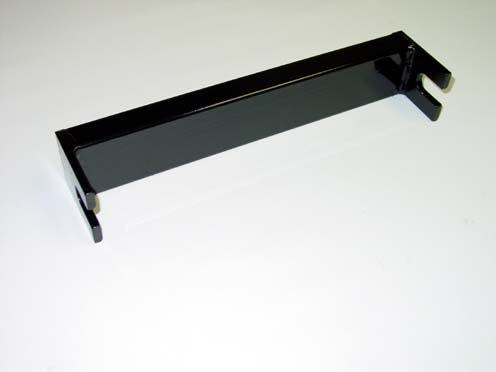quote:are Aussie 2V heads that much better than orig 4V heads I have?
The Aussie 2V heads are a closed chamber head with smaller ports. Therefore, you get the benefits of smaller ports - better low end torque and throttle response - and the closed chamber design - increased compression and horsepower as well as less detonation/pinging due to the superior chamber design.
The 4V heads are really too big for a standard 351C. They're designed to feed an engine at 7,000 RPM all day long. On the street and around town, your engine will most likely live between 1500-3500 RPM, with occasional blasts to 5000 RPM as you're getting on the autobahn. This is where the 2V head really shines. Also, the stock valves in your 4V heads are two-piece valves that are friction welded; they have a nasty habit of developing stress cracks at the joint and coming apart - this basically turns the entire engine into junk. I met 3 people last summer who had this happen to their original engines with 60,000-100,000 miles, and it's why I recommend a ring and valve job at a minimum if you're pulling the engine out (and main bearings at the same time too).
The 2V heads are also inexpensive. You may be able to purchase a good set of Aussie 2V heads for less than the cost of freshening up your old heads. I found a set of brand new Edelbrock 2V aluminum heads for a price equal to the cost of freshening up my old heads - guess which way I went.
As far as my recommendations above, I'm not suggesting that you need to do all of them. I was just trying to answer your questions and give you all the info. The first section I outlined in my original post is just a basic engine refresh that could be done quite quickly and inexpensively. But as others have pointed out (and I have found), don't take your car off the road if you don't have to. Because you will always find more to do and it will take much longer than originally planned. Ask me about my 66 Mustang that's been on jackstands for the last 6 or 7 years, all because I rebuilt the transmission - and since it was out decided to redo the suspension, replace all hard lines with stainless, upgrade the rear end, add disc brakes to the rear, repair some rust in the floorpans, and strip and repaint the underside of the car, and the list goes on...
So, all that to say, don't disassemble your Pantera until your Longchamp is done. And no, you cannot remove the oil pan with the stock chassis brace in place (forgot to add this to the to-do list for when the engine is out). You must cut the brace out and replace it with a removeable brace - either a chassis stiffening kit from one of the vendors, or just a simple bolt-in brace to replace only the removed brace.

Anyway, why bother with the leaking seal now. Is the rear seal leaking enough to contaminate the clutch? Is your clutch slipping? If not, wait until the Longchamp is finished and do a more thorough overhaul of the Pantera in a year or so like you're planning. Just a thought.

